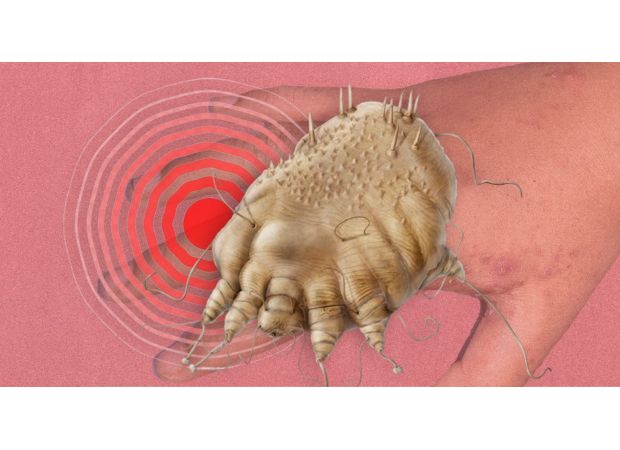Alert: Scabies cases increasing, know the symptoms.
Are you longing for bed bugs again?

Are you longing for bed bugs again?
35 Views


